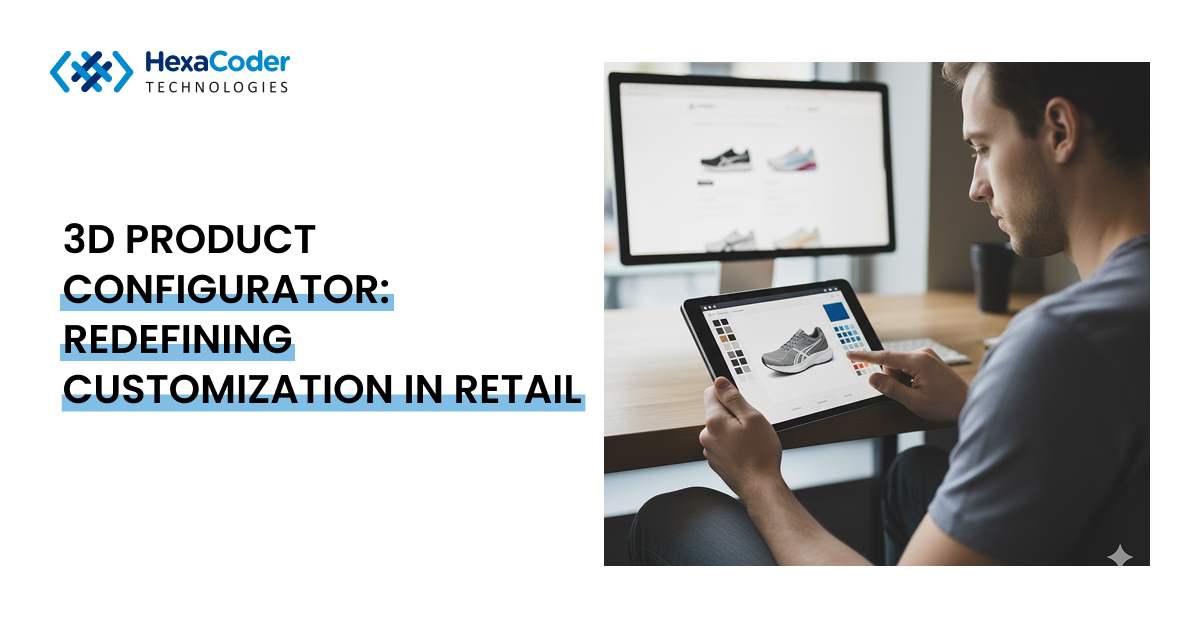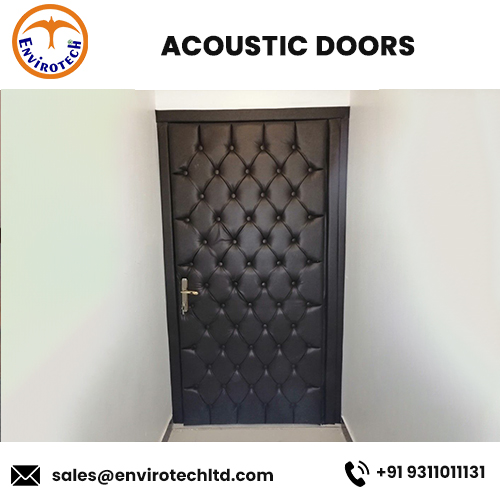
In today’s retail environment, one thing is clear: standard one-size-fits-all doesn’t resonate like it used to. Consumers expect personalisation, interactivity, and immersive experiences. That’s where a 3D product configurator comes into play — an interactive technology that empowers customers to tailor products visually and dynamically.
What is a 3D Product Configurator?
A 3D product configurator is a digital tool allowing users to customise a product model in real time. They can change colours, materials, features, component combinations — then view the result from every angle, under different lighting, and sometimes even in AR (augmented reality). This real-time interactivity transforms browsing into designing.
Why It’s a Game-Changer for Retail
Greater Engagement: Instead of clicking through static images, shoppers spend time interacting, customising, and visualising. That longer session time often leads to higher conversion rates.
Reduced Uncertainty, Fewer Returns: When a customer sees exactly how their configuration will look, what material finishes will appear like, or how a product fits a space, they’re more confident in purchasing — and less likely to return it.
Brand Differentiation: Offering a configurator sets a brand apart. It signals technology leadership, personalisation, and that you care about the customer’s unique needs.
Informed Analytics: The choices customers make inside the configurator yield data — favourite colours, popular materials, frequent feature combinations. Brands can use this insight to optimise inventory, offer better variants, and refine design strategy.
Faster Time-to-Market: Virtual configurations reduce the need for multiple physical prototypes. Design variations can be eliminated or validated in the digital space, saving cost and speeding development.
Sustainability & Efficiency: By simulating configurations virtually, brands reduce waste from over-production or mismatched product expectations. Fewer returns, less material usage, and more efficient workflows follow.
Use-Cases Across Retail
Furniture & Home-Decor: Imagine a sofa whose fabric, leg-style, colour and cushion density you customise — then preview it in your living room via AR.
Fashion & Footwear: Select shoe colours, materials, sole types, lace styles — see the final outcome in 3D before you hit “Add to Cart”.
Electronics & Gadgets: Choose device finishes, custom engravings, configurable modules — visualise the result and purchase with confidence.
Automotive & Lifestyle: Configure a car’s paint, interior trim, wheel style — instant visual feedback increases excitement and reduces lead-time worries.
Looking Ahead: The Future of Customisation
As we move into 2025 and beyond, consumer expectations will continue shifting. The norm will not be just choosing from set options, but creating your own variant. 3D product configurators, powered by cloud-rendering, WebGL, AR and even AI-based design suggestions, will become mainstream. Every major retail brand will likely employ them if they haven’t already.
Interactive design will merge with immersive shopping. The configurator might show a product in the customer’s real environment, use AI to propose complementary features, and allow real-time collaboration or sharing on social media. In this context, offering a configurator is not just a nice-to-have, but a competitive necessity.
Final Thoughts
In an era where personalisation, speed and confidence are key drivers of purchase behaviour, a 3D product configurator offers retail brands a powerful tool. It transforms passive browsing into active designing, builds deeper customer relationships, and creates operational efficiencies — all while aligning with modern digital expectations.
If you are a retail brand seeking to transform your online experience, reduce returns, and engage your audience in new ways, consider how a 3D configurator could become your next strategic advantage.


